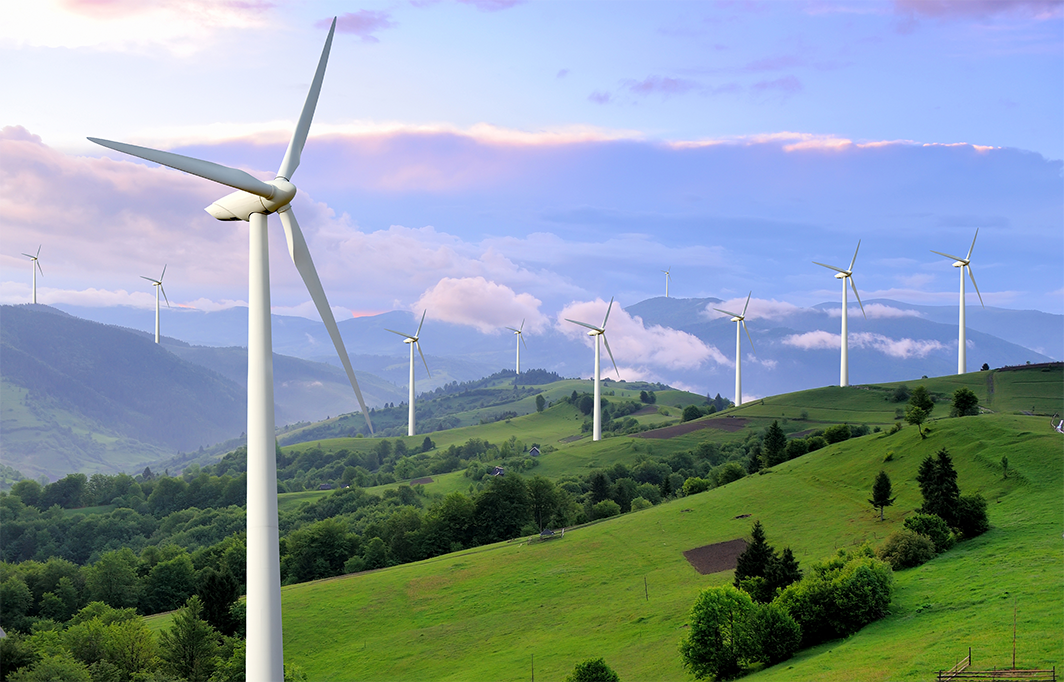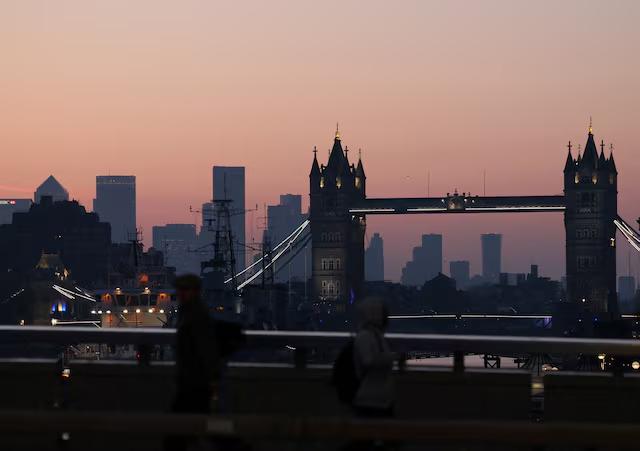London, 23 June 2025 — In a major economic pivot, Prime Minister Keir Starmer’s government today revealed a comprehensive ten-year industrial strategy targeting eight priority sectors—including advanced manufacturing and clean energy—with a bold commitment to reduce business energy costs and elevate UK competitiveness .
⚡ What’s in the Plan?
- Reducing electricity bills: From 2027, more than 7,000 energy‑intensive businesses could see energy bill reductions of up to 25%, thanks to rebate schemes and exemptions from levies .
- Advanced manufacturing investment: Up to £2.8 billion committed over five years for R&D in automation, robotics and digitisation .
- Clean energy ramp-up: Plans to double annual clean energy investment to over £30 billion by 2035 .
- Support for creative & life sciences sectors: A £150 million growth fund and £600 million for an AI-ready health data platform confirm the plan’s broader ambition .
- Backing services & tech: New hubs across the UK, AI regulation reform and enhanced cooperation with the EU on energy access .

💬 Voices from the Summit
Industry minister on cost relief:
“This package responds directly to energy concerns, making UK industry more competitive as we build the future.”
Make UK chief Stephen Phipson, highlighted at a recent conference:
“If we do not address high industrial energy costs in the UK… we risk the security of our country” .
🎥 Watch: Strategy Explained
The official government briefing outlines how the rebate programme will function, including:
- Tiered energy bill reductions for heavy‑use sectors
- Funding gates for clean energy firms, conditional on investment in efficiency and decarbonisation
(Video summary available via Reuters sustainability tracker.)
🔍 Why It Matters
- Energy relief for business
UK manufacturers face the highest industrial energy costs in the OECD—this plan aims to remedy that imbalance . - Global clean‑tech positioning
With clean energy investment set to double, the UK is vying to regain global leadership in renewables and hydrogen power . - Long‑term growth focus
The plan aligns with broader economic goals to rebalance regional development and nurture “super‑star” frontier industries under the IS‑8 umbrella.

🧭 Challenges & Outlook
- Implementation timeline: Critics say while ambitious, details remain “light on delivery mechanisms and funding beyond existing commitments” .
- Future grid demands: Scaling electrification and green hydrogen will require substantial upgrades to Britain’s power network—estimated at an extra 71 GW capacity by 2050.
- EU collaboration: Shared grid access and energy market reforms with the EU are crucial but may face regulatory hurdles .
✅ Final Analysis
The UK’s ten‑year industrial plan marks a turning point—tying energy cost relief directly to innovation and decarbonisation. It’s a comprehensive attempt to future-proof advanced manufacturing, renewables, and green tech. While experts welcome the ambition, success hinges on timely execution, infrastructure investment, and ensuring that benefits flow through supply chains and regional economies.



